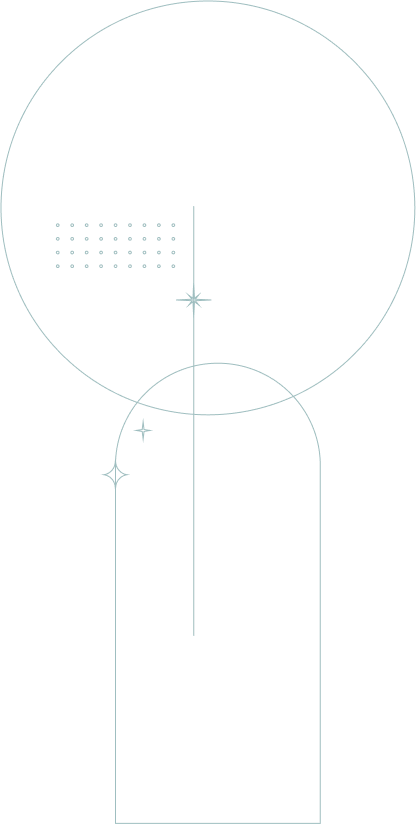
Most people think Picosecond lasers are only good for tattoo removal, but their capabilities go far beyond removing ink. These lasers emit ultra-fast pulses that redefine dermatology, offering precise, safe, and effective pigmentation removal with the least downtime.
Picosecond lasers can effectively treat stubborn sun spots, freckles, and various complex conditions, such as melasma. It works by targeting pigment at a microscopic level, breaking these down without affecting surrounding healthy skin.
Compared to traditional lasers that rely solely on heat, Picosecond lasers use ultra-short photo-acoustic pulses to effectively but gently break down pigment particles, allowing the body to clear these over time. This amazing precision reduces inflammation, enhances downtime, and ensures treatments are safe for all skin types and tones, including Indian, South Asian skin and Chinese skin.
At Dr Refresh, we harness this technology to erase ink and restore clarity, balance, and radiance to skin. You’ll get powerful results from our dermatologist-led approach and personalised care.
Photo-Acoustic vs. Photo-Thermal: A Revolution in Laser Technology
Traditional laser technologies employ a photo-thermal or “slow cook” method, to break down pigment. This can be effective but may inadvertently damage surrounding healthy skin because of the heat that is generated.
On the other hand, Picosecond lasers utilise ultra-fast photo-acoustic energy, a “flash shatter” approach that pulverises pigments, turning them into microscopic particles and leaving nearby skin unharmed.
Here is a comparison of the two laser types:
Photo-Thermal (Traditional Lasers)
These traditional types of lasers use heat-based energy, which is slower and can cause inflammation, redness, and post-inflammatory hyperpigmentation (PIH).
Photo-Acoustic (Picosecond Lasers)
This type of laser uses ultra-short pulses to create pressure waves, which fragment pigment more efficiently. Picosecond lasers are safer for all skin tones and minimise downtime.
Compared to traditional laser technologies, the Picosecond laser offers faster and more precise pigment correction. It achieves the best results with minimal risk to healthy skin.
A Targeted Solution for Unwanted Spots and Blemishes
Pigmented lesions are common, impacting skin clarity and confidence. Picosecond lasers offer a precise and safer way to target the following imperfections.
Solar Lentigines (Sun Spots / Age Spots)
Sunspots and age spots are brown marks that develop over time due to prolonged sun exposure, typically appearing on the face, hands, and shoulders. Picosecond lasers can break down pigments into smaller particles in just a few sessions, resulting in a brighter and more even skin appearance.
Seborrhoeic Keratoses (Age Spots / Wisdom Warts)
Age spots typically occur anytime from the age of 30 and do not respond to any fading creams or skin care. Rather than wait until they thicken and become warty and need resurfacing with a laser, it’s best to treat them now with one of our two picosecond lasers.
Ephelides (Freckles)
Some people have perfectly sprinkled freckles, while some have way too many. Freckles are small, superficial pigmentations that may darken after exposure to the sun. Picosecond lasers can lighten these and create a smooth finish while preserving the skin’s natural texture.
Melasma
Melasma is a common pigmentation disorder that causes brown or gray-brown patches on the skin, especially on the face. Picosecond lasers represent a significant advancement in treating melasma in darker skin tones. The ultra-short laser pulses shatter pigment particles without generating excessive heat, which reduces the risk of post-inflammatory hyperpigmentation.
Dark Circles Around The Eyes
Very common in people with darker skin, dark circles can be caused by racial background and hyperpigmentation. Picosecond lasers are an excellent solution for this. The laser delivers targeted energy to the delicate under-eye area, breaking down the excess melanin that contributes to the dark appearance of the skin. Because the laser is so precise and generates minimal heat, it is safe for the sensitive skin around the eyes and is particularly effective for darker skin tones.
Café-au-Lait Macules
These are common birthmarks which vary in size, shape, and colour. Picosecond lasers utilise pulses that reduce pigmentation safely and effectively, creating a more uniform skin texture and appearance.
Hori’s Nevus
This is a type of dermal pigmentation that’s deeper and more stubborn. Hori’s Nevus is common in Asian skin types. And because Picosecond lasers penetrate deeper, they can break up pigment easily, all without harming surrounding tissues.
Picosecond lasers can effectively and safely remove unwanted pigmentation. With just a few sessions, you’ll have clearer, more radiant, and healthier-looking skin.
Not All Brown Spots are Created Equal
Dr Ritu and her highly trained clinical staff conduct a thorough diagnosis of your skin condition before performing any laser treatment. Not all brown spots or marks are harmless; rarely, melanoma or other serious skin conditions may appear as benign pigmentation. Using a laser on an undiagnosed melanoma can be very dangerous, as it can mask its progression, causing further complications.
At Dr Refresh, every lesion is evaluated by our dermatologist Dr Ritu. She ensures only benign pigmentation is treated with two of our in-clinic Picosecond lasers. Conducting this meticulous assessment requires detailed examination and may need advanced imaging or biopsy to rule out any malignancy.
With expert diagnosis and state-of-the-art technology, we deliver effective results, providing patients with the utmost peace of mind. Our patient’s health always comes first. This is why we ensure treatments are safe, precise, and developed according to your individual needs.
Reveal Your Clearest Complexion
Picosecond lasers offer a precise, safe, and effective solution for a variety of pigmentation concerns. By targeting pigment at a microscopic level while protecting the surrounding skin, this approach creates noticeable, long-lasting results with minimal downtime.
Take the first step to a clearer and more radiant complexion, and feel more confident! Book a professional skin assessment with a Dr Refresh specialist today.
View this post on Instagram
Your Questions About Pigmentation Treatment, Answered
How many treatments are needed to remove a sunspot?
The number of treatments needed to target sun spots depends on the depth, size, and tolerance of the patient. Based on our experience, most sunspots can be treated in just 2 to 3 sessions. Your dermatologist will create a tailored plan to achieve the best results.
Is the treatment permanent?
Picosecond laser treatments are permanent. It can effectively remove pigmentation; however, new sunspots can appear over time after the skin is exposed to UV radiation without adequate protection. This is why consistent sun care is critical to maintain your results.
What does the spot look like immediately after treatment?
After treatment, spots may appear slightly darker, but they are easily covered by makeup or tinted sunscreen. In a few days, these will form light spots. This is a natural part of the healing process and will eventually be cleared by the body.
Can I also treat spots on my hands, chest, and face?
Picosecond lasers can effectively and safely treat pigmentation in various areas, including the face, hands, chest, and shoulders. Treatments can be adjusted according to the area, ensuring patient safety.

